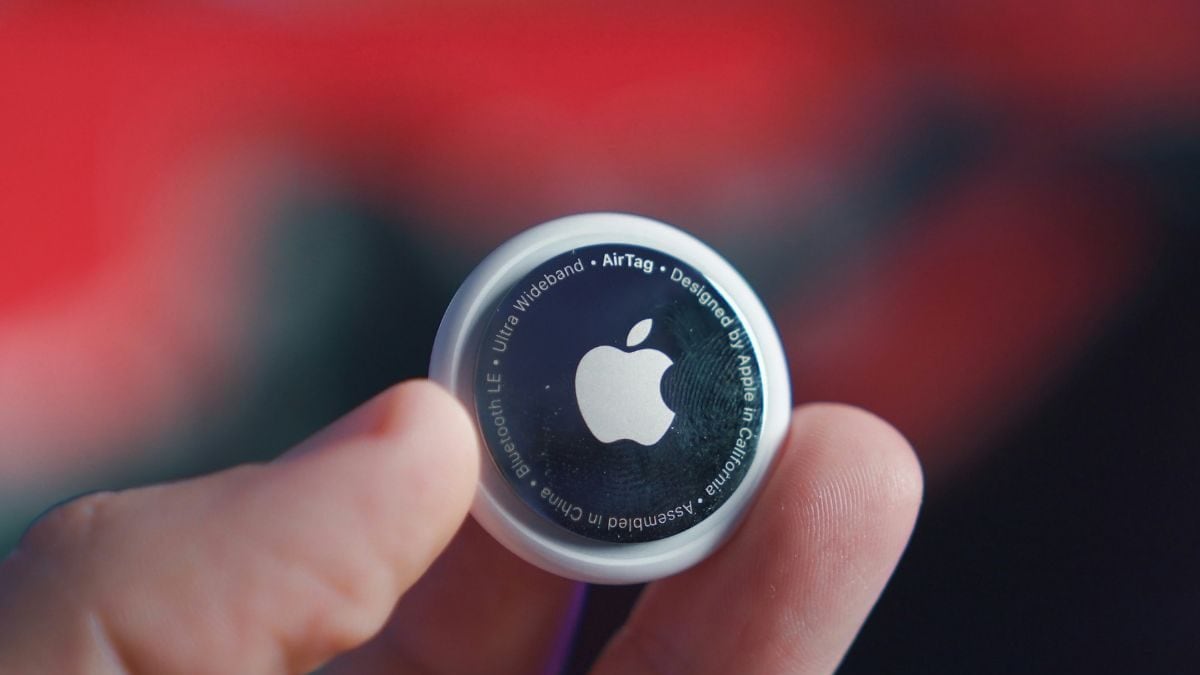Standards for High Density Interconnect PCB Manufacturing
The digital world is becoming more complex by the minute, and the hardware that supports it must be capable of delivering high performance in a very small space. This is where high density interconnect pcb manufacturing comes into play.
The HDI process enables PCBs to be more compact and have higher electrical performance while maintaining the reliability that users have come to expect. It also allows for higher component density, which means that more technology can be packed into the same physical footprint of a circuit board. These are some of the reasons that high density interconnect pcb is gaining popularity in many industries.
The standards for high density interconnect pcb manufacturing are set by international industry organizations and provide manufacturers with clear guidelines for their production processes. Using these standards as a guide can reduce costs, improve efficiency and allow manufacturers to gain access to markets that require strict quality control. These standards also help ensure that the final product meets the needs of the customer.

What Are the Standards for High Density Interconnect PCB Manufacturing?
An essential step in the fabrication of a high-density interconnect pcb is the creation of a photomask. A photomask is a transparent film that contains a complete template of the circuit board’s metal trace patterns. It is important that this mask be precise, as even the slightest deviation can lead to a failure of the resulting product. Innovative photolithography machinery and etching technologies are used to create the photomask.
Another important step in the process is laser drilling. This process is critical to the creation of microvias, which are a key feature of high-density interconnect pcbs. Microvias are holes with a diameter less than 150 microns that are drilled through the various layers of the PCB using lasers. They connect one layer to the next, allowing higher wiring densities and greater design flexibility.
Once the vias have been drilled, they must be filled with gold or silver to protect them from corrosion. Then the boards are etched and laminated to form the final product. The etching and lamination processes require specific equipment that allows for the creation of a high-quality HDI board.
HDI circuit boards are found in a wide variety of electronic devices that demand superior performance while conserving space. They are often used in mobile / cell phones, touch-screen devices, laptop computers, digital cameras and 4G network communications. They are also prominent in military applications such as avionics and smart munitions. As these technologies advance, the use of HDI PCBs will likely continue to grow. However, it is important for designers to follow the appropriate design guidelines when creating these boards. This will prevent costly mistakes and delays in the production process. In addition, it is crucial to use a manufacturer that has the proper equipment for manufacturing these PCBs. This includes the right laser drill capabilities and the correct surface finish. Typically, manufacturers choose to use ENIG or ENEPIG surface finishes on their HDI products.





